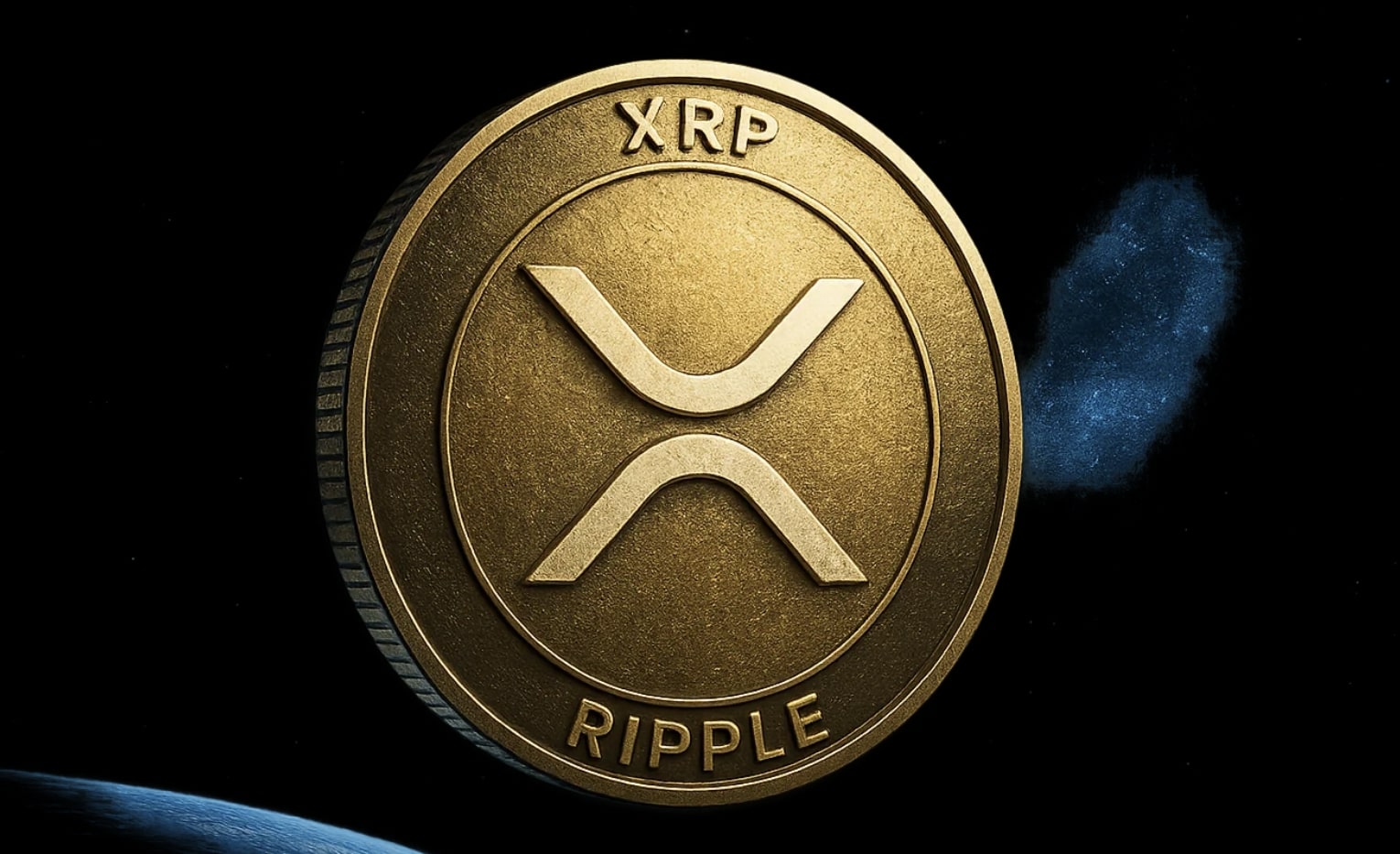Cryptocurrency with Limited supply
Cryptocurrency with limited supply could be considered as the most promessing cryptocurrency
Cryptocurrencies with a limited supply, such as Bitcoin, are often considered a good investment because they are built on the principles of scarcity and scarcity affects their value. When the supply of an asset is limited, and the demand for it is high, the value of the asset tends to increase.
A limited supply cryptocurrency is designed to have a finite number of units that can be mined or created, which means that there is a cap on the total number of coins that will ever exist. This scarcity creates the potential for long-term appreciation in value, as demand for the cryptocurrency increases and there are fewer and fewer coins available to meet that demand.
Additionally, the limited supply also helps to protect against inflation. As the number of coins in circulation remains constant, the value of each coin should increase as demand for the coin increases. This can be particularly beneficial for those looking for an alternative to traditional investments like stocks and bonds, which are often subject to inflationary pressures.
Furthermore, the limited supply also makes it more resistant to manipulation by large holders. With a limited number of coins, it is harder for any one entity to control a significant percentage of the supply and manipulate the market.
1.Bitcoin (BTC) - maximum supply of 21 million
As the first and most well-known cryptocurrency, Bitcoin has established itself as a digital store of value. It continues to lead the market in terms of adoption and market capitalization.
Predictions:
End of 2023: $80,000 - $90,000
2024: $100,000 - $120,000
2026: $150,000 - $200,000
2030: $250,000 - $300,000
2.Litecoin (LTC) - maximum supply of 84 million
Litecoin, often referred to as the silver to Bitcoin's gold, is a popular alternative with faster transaction times and lower fees.
Predictions:
End of 2023: $250 - $300
2024: $300 - $400
2026: $500 - $700
2030: $1,000 - $1,500
3.Bitcoin Cash (BCH) - maximum supply of 21 million
Created as a result of a hard fork in Bitcoin, Bitcoin Cash aims to offer faster transactions and lower fees compared to its parent currency.
Predictions:
End of 2023: $1,000 - $1,200
2024: $1,200 - $1,500
2026: $2,000 - $2,500
2030: $3,000 - $4,000
4.Bitcoin SV (BSV) - maximum supply of 21 million
Another hard fork from Bitcoin, Bitcoin SV aims to restore the original vision of Bitcoin's creator, Satoshi Nakamoto, focusing on scalability and efficiency.
Predictions:
End of 2023: $300 - $400
2024: $400 - $500
2026: $700 - $900
2030: $1,200 - $1,500
5.Bitcoin Gold (BTG) - maximum supply of 21 million
This fork of Bitcoin seeks to decentralize mining by allowing GPU mining instead of specialized ASIC hardware, making it more accessible to the average user.
Predictions:
End of 2023: $80 - $100
2024: $100 - $150
2026: $200 - $300
2030: $400 - $500
6.Ethereum (ETH) - maximum supply of 18 million per year
While not strictly limited in supply, Ethereum's issuance is capped at 18 million per year. With the upcoming Ethereum 2.0 update and the move to a Proof of Stake (PoS) consensus mechanism, it's expected that the issuance rate will decrease.
Predictions:
End of 2023: $6,000 - $7,000
2024: $8,000 - $10,000
2026: $12,000 - $15,000
2030: $20,000 - $25,000
7.Monero (XMR) - maximum supply of 18.4 million
Monero is a privacy-focused cryptocurrency that aims to provide completely anonymous transactions. Its appeal lies in its strong privacy features and resistance to censorship.
Predictions:
End of 2023: $500 - $600
2024: $600 - $800
2026: $1,000 - $1,200
2030: $1,500 - $2,000
8.Dash (DASH) - maximum supply of 18 million
Dash, short for "Digital Cash," focuses on providing fast, secure, and user-friendly transactions. It features a unique two-tier network with incentivized nodes and decentralized project governance.
Predictions:
End of 2023: $300 - $350
2024: $400 - $500
2026: $600 - $800
2030: $1,000 - $1,200
9.Zcash (ZEC) - maximum supply of 21 million
Zcash is a privacy-oriented cryptocurrency that uses zero-knowledge proofs to ensure transaction confidentiality while still maintaining a secure blockchain. Its main selling point is the ability to choose between transparent and shielded transactions, depending on users' preferences for privacy.
Predictions:
End of 2023: $150 - $200
2024: $200 - $300
2026: $350 - $500
2030: $600 - $800
10.Ripple (XRP) - maximum supply of 100 billion
Ripple is a real-time gross settlement system, currency exchange, and remittance network. Its cryptocurrency, XRP, is used to facilitate international transactions and enable faster, cheaper cross-border payments.
Predictions:
End of 2023: $1 - $1.50
2024: $1.50 - $2
2026: $2.50 - $3.50
2030: $
Cryptocurrencies with a limited supply are those that have a fixed or finite number of units that
can be mined or created. This means that once all the units have been mined or created, there
can be no more. The idea behind this is to create scarcity and mimic the behavior of precious
metals and other commodities, which are considered to have a store of value.
Bitcoin is the most well-known example of a cryptocurrency with a limited supply. There will only
ever be 21 million Bitcoin that can be mined. This means that as more people mine Bitcoin, the
difficulty of mining increases, making it more difficult to create new Bitcoin.
Another example of a cryptocurrency with a limited supply is Litecoin, it has a maximum supply of
84 million.
Many other cryptocurrencies like Bitcoin Cash, Bitcoin SV and Bitcoin Gold also have a limited
supply, but their maximum supply is lower than that of Bitcoin.
It's important to note that while a limited supply can help create scarcity and potentially increase
















